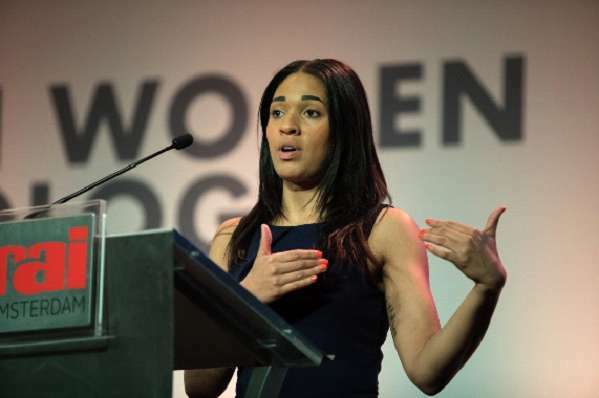
By Michaela Jeffery-Morrison, CEO and Co-founder of Ascend Global Media – the company behind Women in Tech World Series
It’s almost a cliché that entrepreneurs set out to solve problems that they have themselves. (As the saying goes, an entrepreneur is someone who falls off a cliff and builds herself a plane on the way down.) Their solutions – the businesses they build – involve coming up with something new, with creating. And that means entrepreneurs are innovators. It’s thanks to them that where once there was nothing, there’s now something, even if the business they build is similar in some respects to ones that already exist.
But most innovation happens within businesses. Businesses have the benefit of infrastructure, in the form of people, organisation and financial resources, and this provides a firmer and more fertile context in which new things can happen, and new ideas can emerge. New ideas also have to emerge, because circumstances change over time and new problems arise. What worked five years ago is unlikely to work nearly as well today – if at all. And right now, businesses are facing challenges. There’s the tragic war in Ukraine. There’s the cost-of-living crisis. There’s the recovery from Covid. And there’s the climate emergency. To chart a course across these choppy waters, businesses need those new ideas.
Good things happen when diverse groups join forces
This is where gender diversity in tech comes in. The technology sector is the beating heart of innovation in business, and there’s a strong correlation between innovation and representation. Amazing things happen when diverse groups come together: the combination of different perspectives and experiences produces both more ideas and ideas of a higher quality than would come out of a more homogenous group. For those of us who work in diverse environments, this is clear to see. But even common sense suggests that in a group setting, the greater the variety of ‘inputs’, the greater the variety of ‘outputs’. And the more ideas you have, the greater the likelihood that one of them will be a truly great idea. Studies have shown that the same principle applies to other fields, such as photography: if you want to take better photos, just take more.
As well as anecdotal experience and common sense, hard evidence bears out the connection between diversity and innovation. The Boston Consulting Group found a clear correlation between the diversity of an organisation’s management team and the amount of innovation seen within that organisation. Revenue from innovation in companies with above-average diversity at the leadership level was 19 percentage points higher than in companies with below-average leadership diversity. It was 45 percent of total revenue versus just 26 percent. Research has also shown that employees of firms with ‘2-D diversity’ – defined as a combination of inherent diversity, such as gender, ethnicity, or sexuality, and acquired diversity, which relates to individual experience – were 45 percent likelier to report a growth in market share over the previous year, and 70 percent likelier to report that the firm captured a new market.
And though gender diversity might be just one dimension of diversity, it’s one that the tech sector has struggled with historically. Thanks to trailblazing women, an ever-greater emphasis on DE&I, and industry and extra-industry initiatives and programmes, massive progress has been made to close the gender gap. But the fact is that a gap still exists. And it’s for that reason that we can be sure that greater gender diversity alone will have a marked effect on absolute diversity in tech, and that would be reflected in more revenue, more innovation, and a happier workforce.
Gender diversity in the UK tech
This is something that is absolutely achievable, and something we can achieve quickly. I don’t fully agree with Martha Lane Fox, the amazing co-founder of Lastminute.com, when she says that gender diversity in the UK tech industry in particular is ‘terrible’. But I do share her belief that it could be better, even if I’m optimistic that the progress we’ve seen in recent years will not just continue but accelerate. HP has become the first Fortune 100 tech company to commit to gender equality in HP leadership by 2030 as part of its 10-year vision. Intel has said it aims to double the number of women and underrepresented minorities in senior leadership roles by 2030. And the CTO of OpenAI, which supervises the wildly popular ChatGPT, is a woman. There are signs everywhere that the near future of tech is gender diverse.
We should recognise now that in every challenge there is an opportunity. Faced with a European war, the climate crisis, and an economic downturn, the importance of innovation – and therefore diversity – is plain to see. Now is the time for businesses in the tech world to commit to whipping those DE&I policies into shape, boosting representation, and making sure that on the other side of those choppy waters that we’re all sailing across, there’s a more diverse future.


